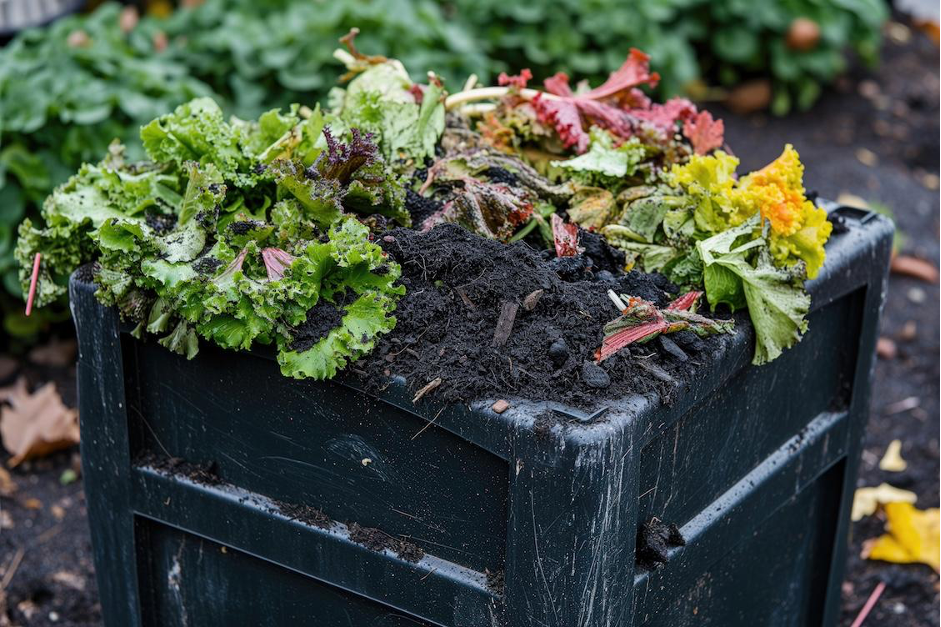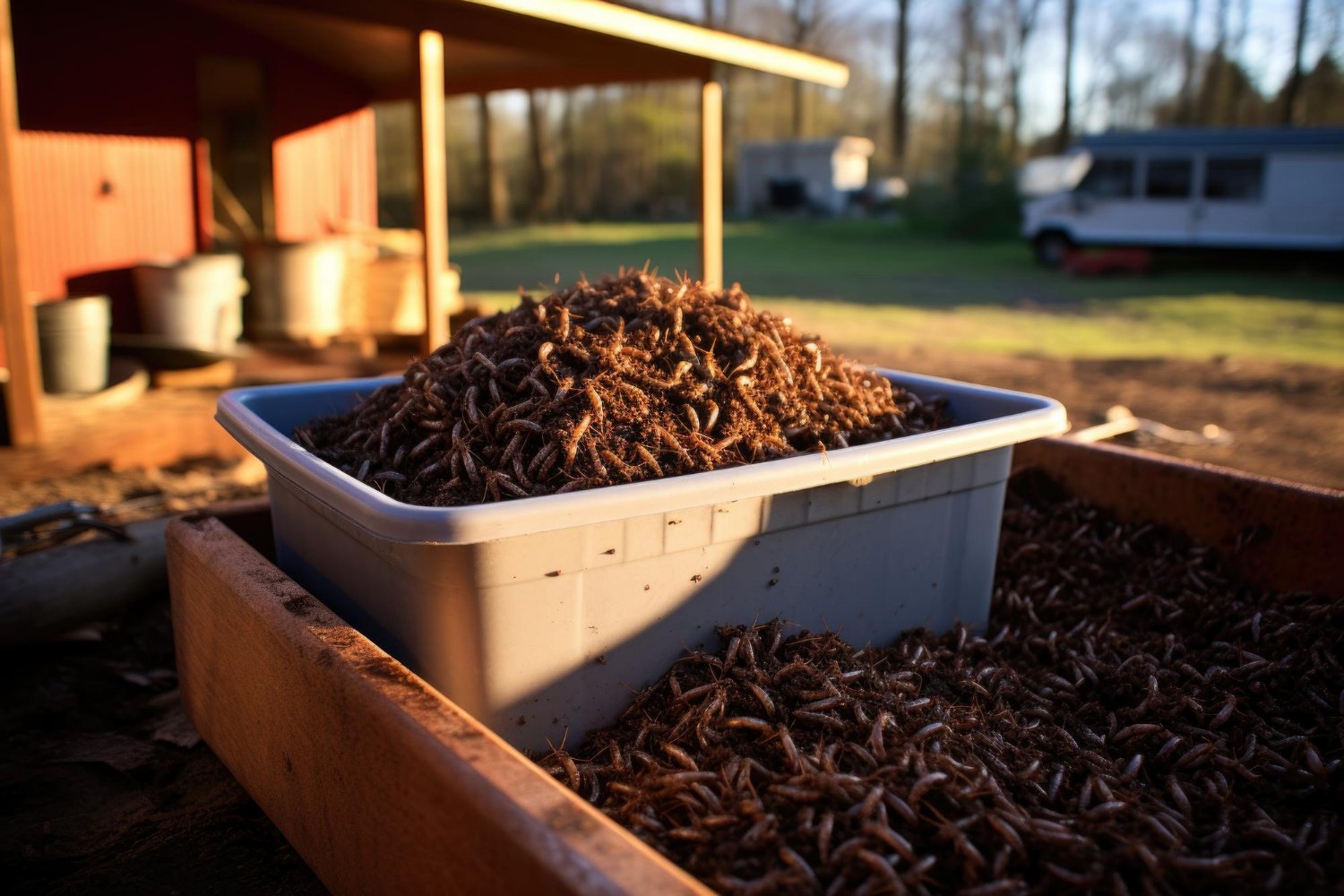 Kids love being outside, and they love being a part of the grown-up world. Composting and gardening let them do both. Gardening is educational, too. Kids can learn new things, and so can you. Even seasoned adult gardeners are always learning!
Kids love being outside, and they love being a part of the grown-up world. Composting and gardening let them do both. Gardening is educational, too. Kids can learn new things, and so can you. Even seasoned adult gardeners are always learning!
Plant the Seeds
Before you start to plant, make sure you mix finished compost into your soil. Adding compost gives the soil a light texture and valuable nutrients. If you use composting worms to make your finished compost, the fertilizer will contain extra soil-friendly microorganisms. Finished compost from worms is worm poop; however, the polite term is “vermicompost.”
You can start seeds in containers or directly into the ground. This depends on what you are planting and the time of year. If you are planting in containers, realize that this can be a messy project. Work outside if you can. If you can’t, protect your work area with newspapers to make cleanup a little easier.
Some plants are easier to grow from seed than others. Easy plants include beans, peas, sunflowers, lettuce, and radishes.
Beans, peas, and sunflowers have extra advantages. The seeds are large, which makes them easier to handle. Those plants grow tall, too, which is exciting to see. Bean and pea vines need a trellis, string, or rod to climb.
Prepare Garden Beds
Once your seeds and plants are in the ground, top dress your garden beds with vermicompost. The kids can use their hands to help you spread a layer of compost over your garden soil. Small gloves will help protect kids’ skin. The vermicompost improves the soil’s moisture retention. Also, nutrients in the vermicompost feed the plants.
Watering
Whether they fill a watering can from a rain barrel or use a hose, kids love working with water.
Little kids may not be efficient at watering. They may go quickly from plant to plant, just splashing the leaves and getting no water where the plant needs it–at the roots. Gently encourage them, and they may get the hang of it by the end of the growing season.
Older kids may be more patient. Teach them to water the soil slowly. Slow watering lets the water soak in and get down to the roots. Every plant they water is one more plant that you don’t have to water!
Pulling Weeds
We want this plant in our garden, but not that plant. How can we tell the difference between the plants?
The kids can look at plant characteristics such as leaf shape and flower color. Does the plant grow straight and tall, or does it form a low mound? Dig up a few sample plants and show the children different roots. They can see that some plants have fibrous roots that look like tangled threads. Dandelions have a taproot that grows long and deep.
You could go one step further and try to identify a weed that has shown up in your garden. Many websites and apps can help. You can also contact the extension service in your area.
Harvesting
Harvesting is the most exciting time in gardening!
Kids love picking flowers. Little kids tend to pull the flower off without much stem attached, but don’t worry; you can still display the bloom. Float it in a bowl of water.
Fruits and vegetables are fun to pick. And when kids grow their own produce, they are more likely to eat these foods–and to like them!
At Uncle Jim’s Worm Farm, we offer our Red Worm Mix for composting; Super Reds for composting, fishing, and releasing into the soil; and composting supplies. We also have mealworms, which are perfect for fishing, pet food, science projects, and bird feed. Our blog is an excellent source of vermicomposting and gardening knowledge. Learn more about vermicomposting.









